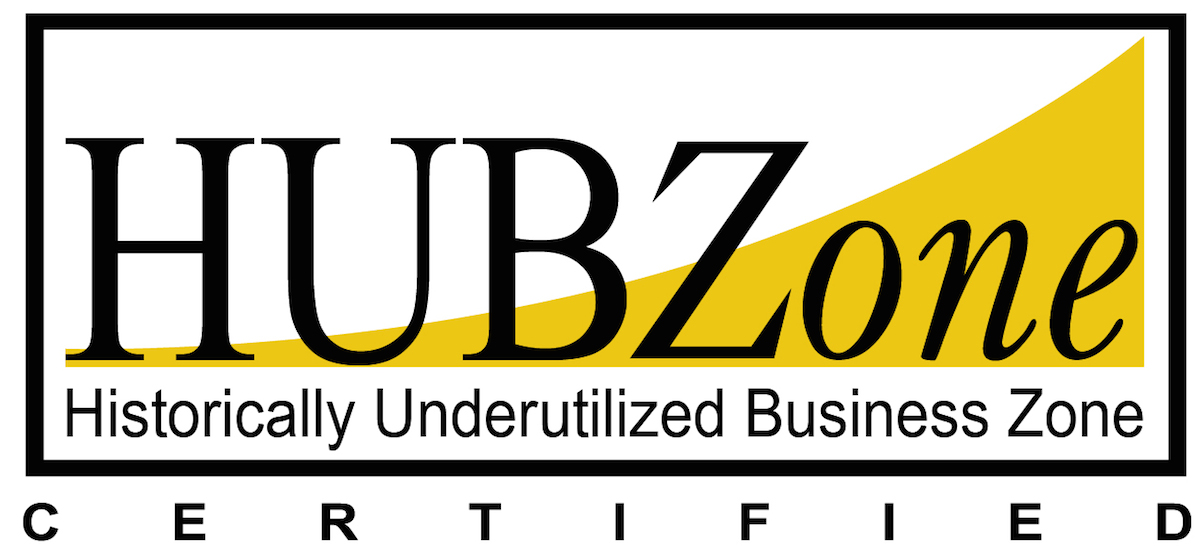
In 1997, Missouri Senator Christopher Bond created legislation authorizing businesses in low income and/or high unemployment areas to compete more effectively for government contracts.
The Historically Underutilized Business Zone (HUBZone) Empowerment Contracting Program is designed to stimulate economic development and create jobs in urban and rural communities by providing federal contracting preferences to small businesses. These businesses obtain HUBZone certification in part by employing staff or workers from a geographical area known as a HUBZone. HUBZone certified businesses realize many benefits.
Consider how the federal government uses the HUBZone program to encourage economic development. First, prime contracts of more than $550,000 require subcontracting plans that use HUBZone contractors. Secondly, under full and open competition, a HUBZone certified small business will have a 10 percent price preference when competing against a large business. [For example, the large business (LB) bids $950 and the HUBZone small business (SB) bids $1,040 for a product or service. The contracting officer adds 10 percent to the LB bid — or $95. Now the LB bid appears to be (950 + 95 = $1,045). The HUBZone small business wins the contract at $1,040.]
Under the competitive contract rules, the contracting officer has the option to set a contract aside for competition if he expects two or more certified companies to submit bids. In this way, the procurement is restricted to HUBZone companies. Another advantage for HUBZone certified firms is sole source purchasing, which requires meeting the following criteria:
- Only one qualified HUBZone small business (which the SBA refers to as Small Business Concerns, or SBCs) is responsible to perform the contract.
- Two or more qualified HUBZone SBCs are not likely to submit offers.
- The anticipated award price of the proposed contract, including options, will not exceed:
- $5 million for a requirement within the North American Industry Classification System (NAICS) code for manufacturing or
- $3 million for a requirement within all other NAICS codes.
So in return for employing individuals from low-income and high-unemployment areas, you can level the playing field in the competition for government contracts. How do you become HUBZone certified?
- First, verify your business is located in a HUBZone. HUBZone designation is based on census data, unemployment data for each county and, in many areas, on specific census tracts in a county. Go to SBA's HUBZone Program website and, under the HUBZone program qualifications, select ‘... located in a HUBZone’ to determine if your location meets the criteria.
- Second, your business must meet the following four mandatory criteria:
- Your business must be classified as “small” by U.S. Small Business Administration (SBA) size standards, which means fewer than 500 employees or a certain level of sales, depending on the industry.
- If your business is not located in a HUBZone, consider moving into that area, particularly if relocation is already in your long-range plans. We also recommend learning about Enhanced Enterprise Zones in Missouri.
- The company must be owned and controlled at least 51 percent by one or more U. S. citizens, be a Community Development Corporation or an Indian tribe.
- At least 35 percent of the employees must reside in a HUBZone. The HUBZone of residence need not be the same HUBZone in which the business is located.
- Third, follow the instructions under 'Get certified as a HUBZone business' to apply for free HUBZone certification. We recommend printing out the application and filling out the form on paper before applying electronically. Keep copies of all applications and the date submitted.
SBA should notify your office within 30 business days after receiving your HUBZone application regarding your status. However, after those 30 days, check on the status as necessary.
While waiting for the designation or certification, do some research on marketing to the government and the businesses that might need HUBZone participants. This involves a government marketing plan and quite a bit of in-depth research. It’s best to designate at least one person as the lead government marketing person. This specialist will then learn about government marketing, Web pages for the government, bid leads, preparing quotes, preparing proposals and bidding on government contracts.
Missouri APEX Accelerator is glad to provide guidance and assistance to motivated businesses. Contact MO PTAC at 573-882-9398 or find a center near you.